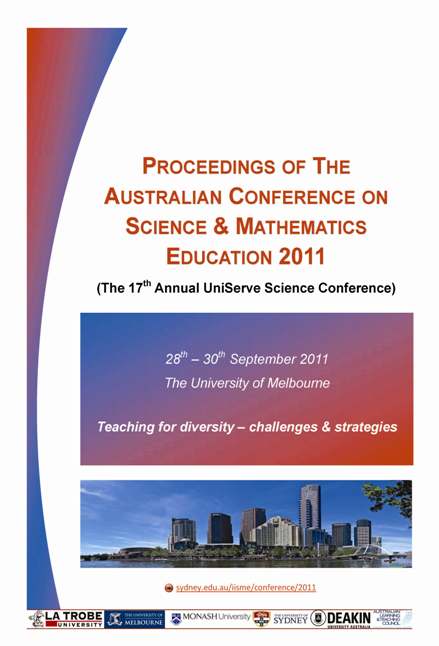The probability isotherm: An intuitive non-equilibrium thermodynamic framework for biochemical kinetics
Abstract
Widespread error exists in the ‘thermodynamics’ and/or ‘bioenergetics’ sections of most biochemical textbooks. Three typical examples are drawn from a premier pedagogical source and shown to encapsulate (1) confusion about entropy and reversibility, (2) confounding of coupled reactions with sequential reactions in misguided attempts to show how exergonic reactions might drive endergonic reactions, and (3) confusion about the proximity to equilibrium of living processes. A fresh approach is developed, based on the Second Law imperative that free energy be dissipated (identical to the requirement that entropy be created). This approach identifies a Probability Isotherm, being a probabilistic expression of the Second Law, relating molar free energy dissipation to the overall ratio of probability of forward reaction to backward reaction. By equating the Probability Isotherm to the Van’t Hoff Isotherm, the overall probability ratio may be decomposed into an intrinsic probability ratio (the equilibrium constant) and an extrinsic probability ratio (dependent on composition). The Probability Isotherm is manifest kinetically as the Rate Isotherm, also thermodynamically determined even for kinetically complex reactions. The concept of ‘bound energy’ is introduced to complement ‘free energy’ in reconciling the Second Law imperative for free energy dissipation with the First Law requirement for total energy conservation.Downloads
Published
2011-08-21
Issue
Section
Refereed Papers
